My favourite painting: Fiona Bruce
Fiona Bruce chooses her favourite painting for Country Life.
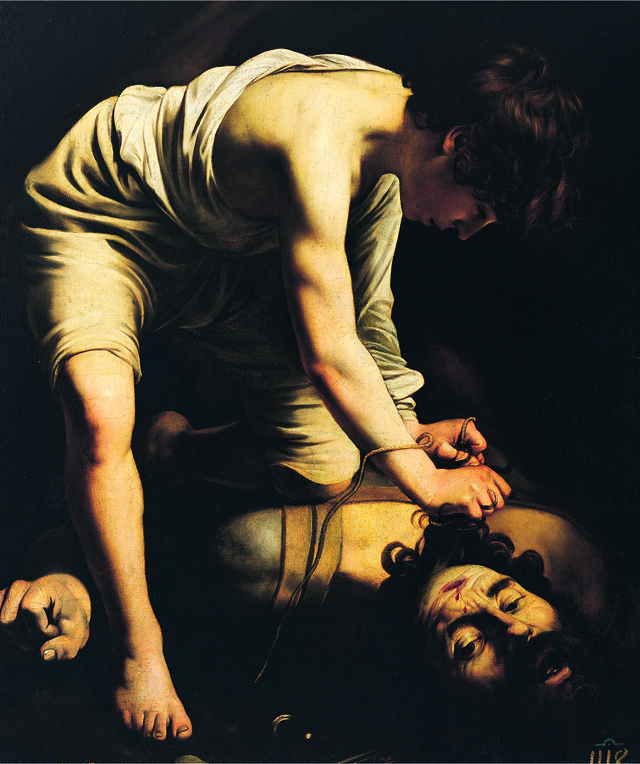

David Victorious over Goliath, about 1600, by Michelangelo Merisi da Caravaggio (1571–1610), 431⁄2in by 36in, Museo Nacional del Prado, Madrid, Spain. Bridgeman Images.
Fiona Bruce says: 'Caravaggio—what a guy! He swaggered around Renaissance Italy gambling, womanising, drinking and brawling. If he wasn’t already in trouble, he went looking for it. After he committed murder and was badly attacked himself, he become a nervous wreck, always on the run and in constant fear for his life; he died, perhaps inevitably, in mysterious circumstances. But although his private life was chaotic, his painting was a thing of sublime beauty. Here, David’s face alone would be enough to merit greatness, his profile in shadow heart-breakingly tender as he braces his left knee on the body of Goliath'
Fiona Bruce is a journalist, newsreader and the presenter of the BBC’s Antiques Roadshow and Fake or Fortune?
John McEwen comments: Caravaggio derived his name from the town his family escaped to from a plague in Milan. As a 13-year-old orphan, he returned to Milan to begin a four-year apprenticeship with Simone Peterzano, a former pupil of Titian. He learned to paint in oils directly from the subject in the Venetian style and local Lombard painters may have formed his taste for simplicity and naturalistic detail derived from Germanic art, at odds with the optical pretensions and humanist secularity of roman Mannerism.
Caravaggio arrived in rome, apparently penniless, in 1592 and found work with the Pope’s favourite artist, giuseppe Cesari. It was fortuitous that his life coincided with the Catholic Church’s demand for more stringent, doctrinal art to counter the Protestant reformation. His simple and dramatic style translated Catholic beliefs in the stark and easily understood manner ideally, if sometimes shockingly, well-suited to Counter-Reformation requirements. His fame grew after his first public commissions in 1600.
He made three paintings of David and Goliath. This is the earliest, painted for the most important of his initial roman patrons, Cardinal Francesco Maria del Monte. Not long after it was finished, it was sent to Spain, where it had a considerable artistic influence. It conforms to the need for scriptural accuracy boldly stated, illustrating the verse in which Goliath’s conqueror, the Israelite boy David, took the felled giant Philistine’s sword ‘and slew him, and cut off his head therewith’ (I Samuel, 17.51). It can equally be seen as a metaphor of the renewed Church militant. Its grisly relevance to events today is all too apparent.
This article was first published in Country Life, February 11, 2015
Exquisite houses, the beauty of Nature, and how to get the most from your life, straight to your inbox.
More from the My Favourite Painting Series
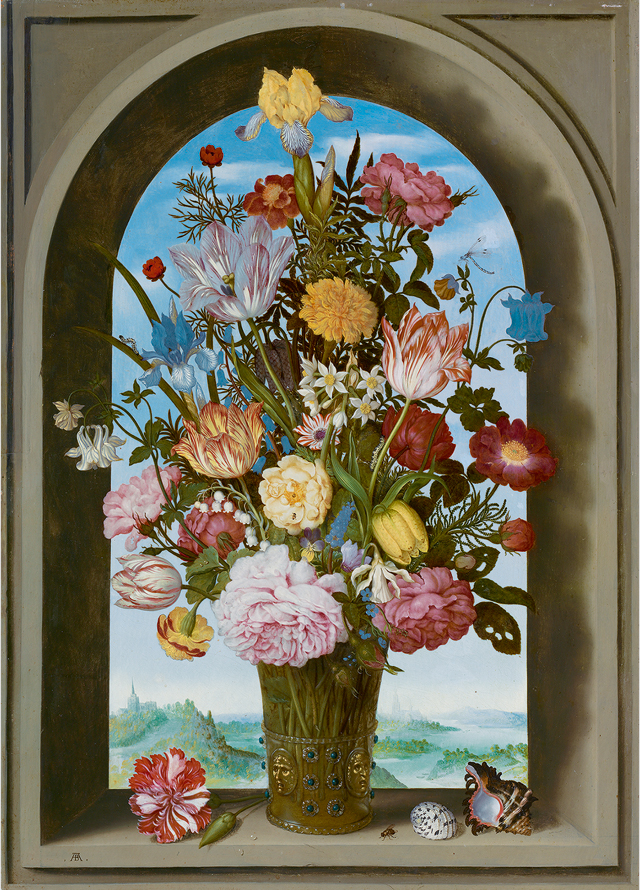
My favourite painting: Rob and Nick Carter
Rob and Nick Carter choose their favourite painting for Country Life.
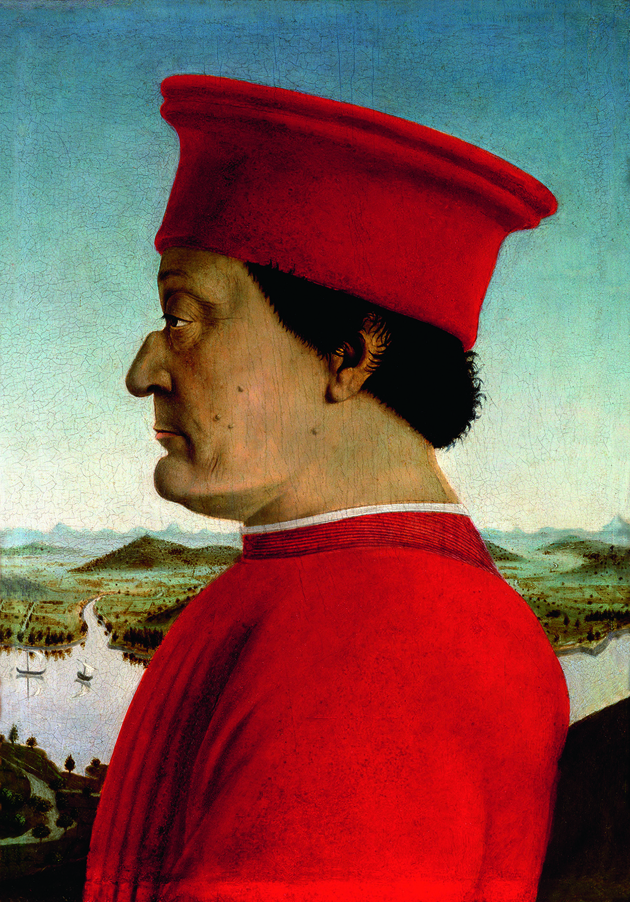
My favourite painting: Robert Winston
Robert Winston chooses his favourite painting for Country Life.
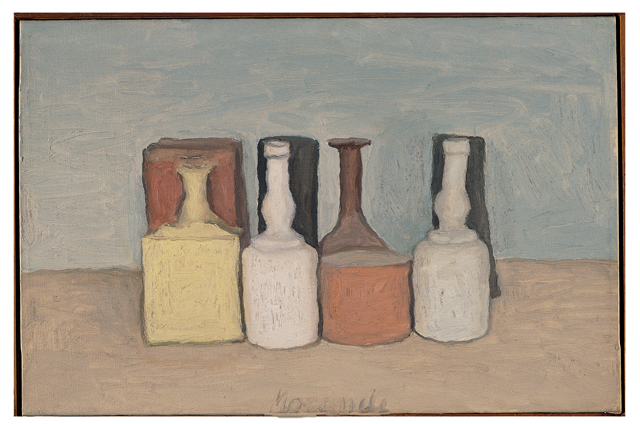
My favourite painting: Penelope Wilton
Penelope Wilton chooses her favourite painting for Country Life.
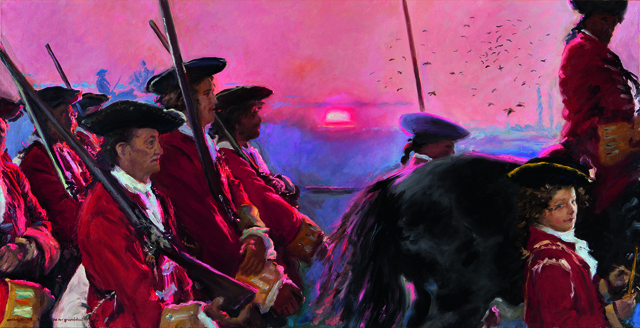
My favourite painting: Robert Hardy
Robert Hardy chooses his favourite painting for Country Life.
Country Life is unlike any other magazine: the only glossy weekly on the newsstand and the only magazine that has been guest-edited by His Majesty The King not once, but twice. It is a celebration of modern rural life and all its diverse joys and pleasures — that was first published in Queen Victoria's Diamond Jubilee year. Our eclectic mixture of witty and informative content — from the most up-to-date property news and commentary and a coveted glimpse inside some of the UK's best houses and gardens, to gardening, the arts and interior design, written by experts in their field — still cannot be found in print or online, anywhere else.
-
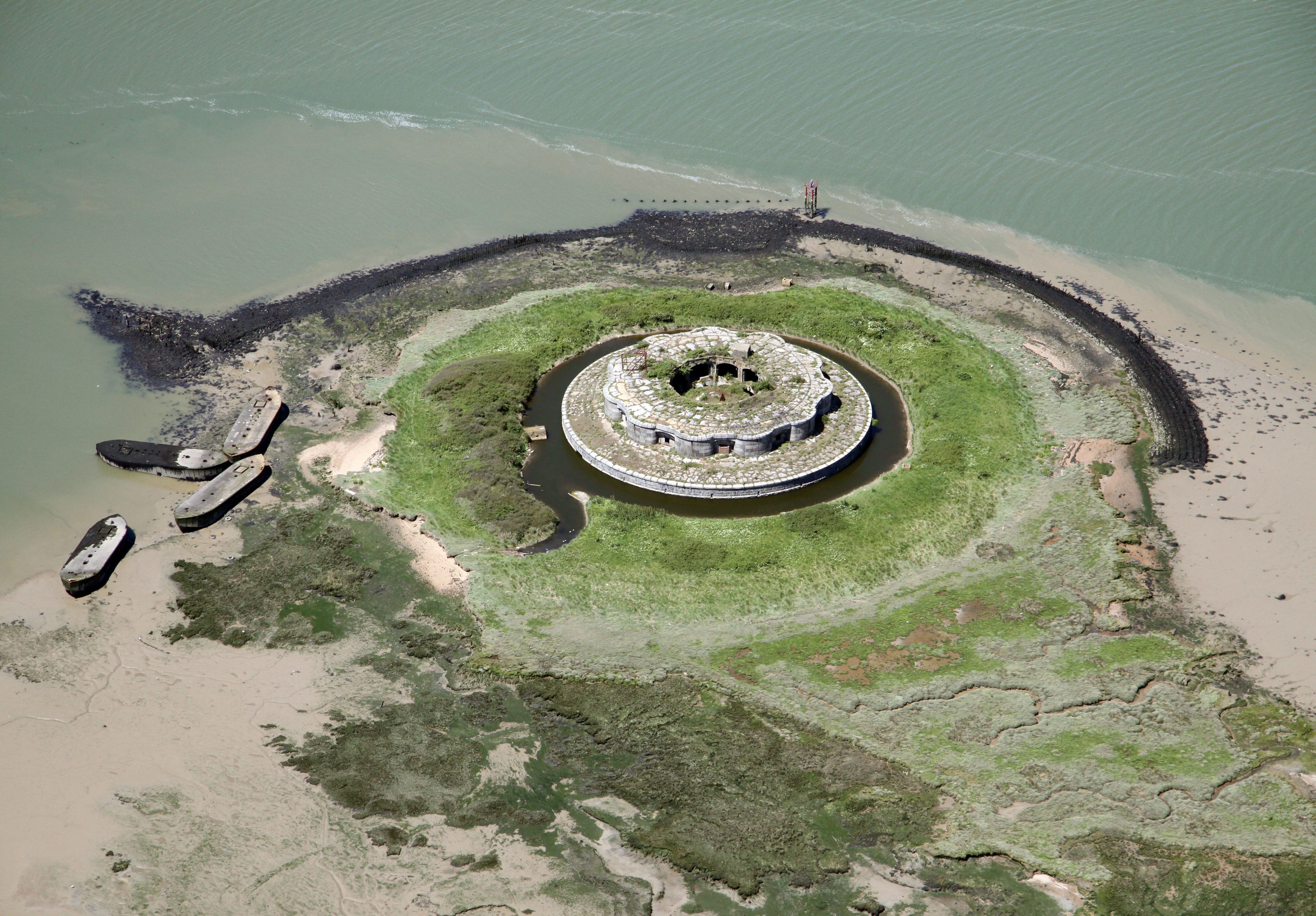 A private island in the Thames Estuary is up for sale at £50,000, complete with its own Victorian fort
A private island in the Thames Estuary is up for sale at £50,000, complete with its own Victorian fortDarnet Fort, is seeking a new owner — but it's going to need someone of great vision and spirit.
-
 The wine stash of one of Switzerland’s most secretive billionaires is up for auction
The wine stash of one of Switzerland’s most secretive billionaires is up for auctionA selection from the personal cellar of the late Jörg G. Bucherer is for sale via Sotheby’s. Highlights include double magnums of Petrus, a case of Lafleur 1990, nine cases of Clos de Tart and six 12-bottle cases of Damine Leroy.
-
 My favourite painting: Allan Mallinson
My favourite painting: Allan MallinsonMilitary historian Allan Mallinson picks an image of 'faith, generosity and ultimate sacrifice'.
-
 My Favourite Painting: Piet Oudolf
My Favourite Painting: Piet Oudolf'One cannot sense whether he is far out on the ocean or closer to shore, or what he may be watching or feeling in that moment as he stares towards the beach.’
-
 My Favourite Painting: Mary Plazas
My Favourite Painting: Mary Plazas'There is compassion, awe, humility, a knowing yet a questioning in the glistening eyes. It moves me, it inspires me beyond the need to know.’
-
 My favourite painting: Robert Kime
My favourite painting: Robert KimeRobert Kime shares his fondness for New Year Snow by Ravilious
-
 My Favourite Painting: Anna Pavord
My Favourite Painting: Anna PavordAnna Pavord chooses a picture which reminds her of where she grew up
-
 My favourite painting: The Duchess of Wellington
My favourite painting: The Duchess of WellingtonThe Duchess of Wellington chooses her favourite painting for Country Life.
-
 My favourite painting: Maureen Lipman
My favourite painting: Maureen LipmanMaureen Lipman chooses her favourite painting for Country Life.
-
 My favourite painting: Jacqueline Wilson
My favourite painting: Jacqueline Wilson'I looked at this painting and decided to write about a Victorian circus girl one day'
